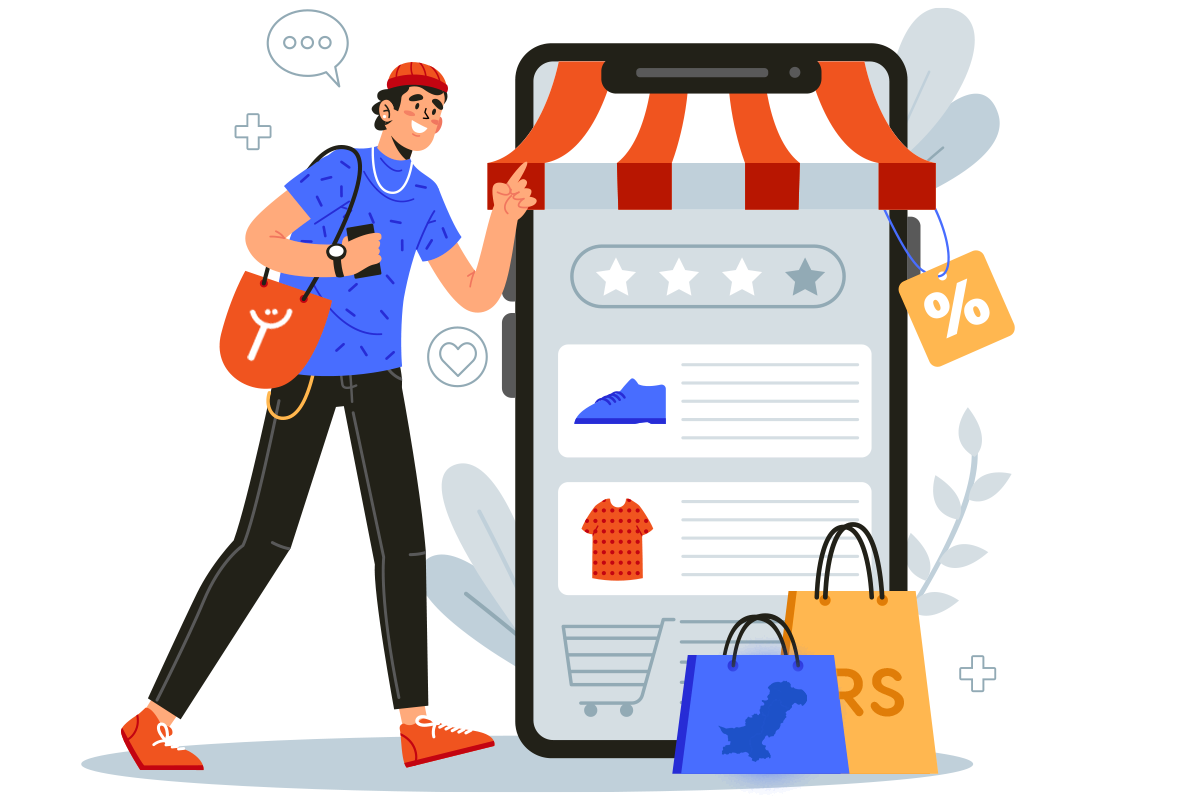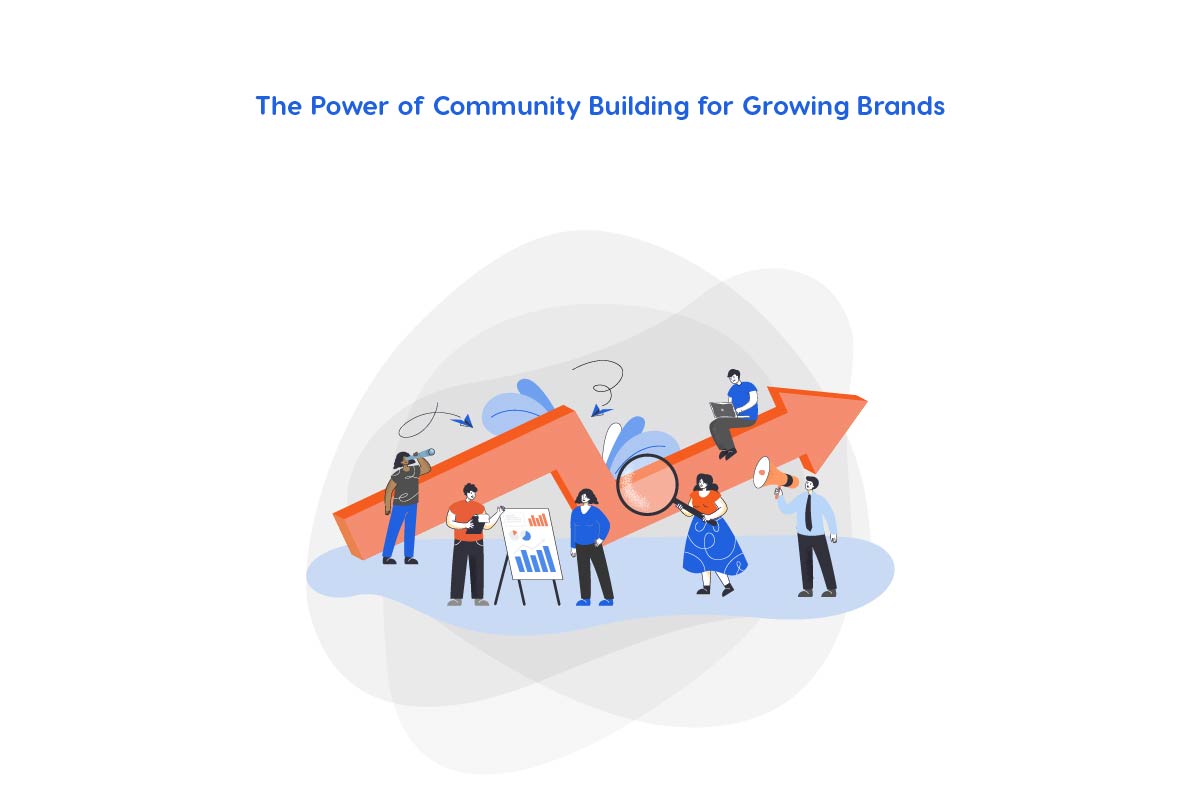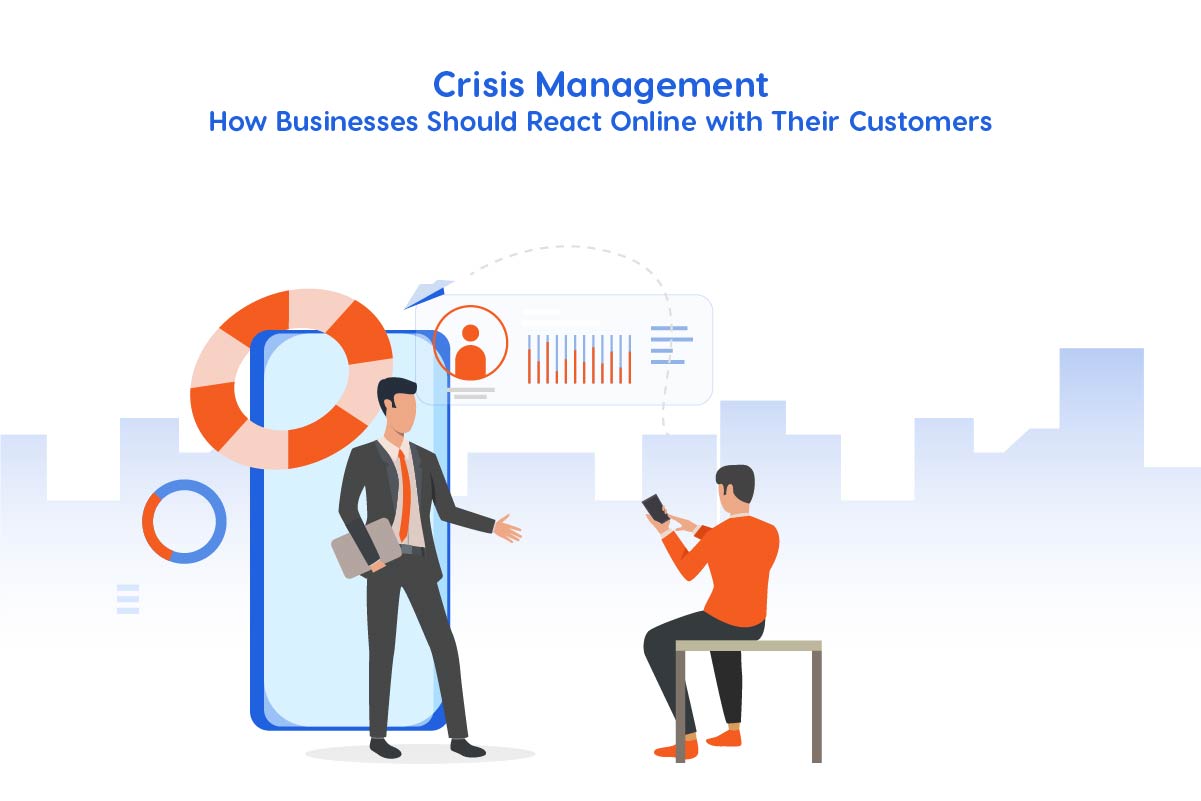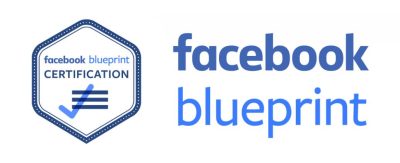If you’re like most digital business owners, you want more website traffic and conversions. But unfortunately, getting there is not as easy as it sounds. You’re up against millions of other websites trying to reach the same consumers, and even within your niche, you’re competing with hundreds or thousands of similar businesses. So, how can you get an edge over the competition? In this post, we will discuss different proven e-commerce techniques that you can use to increase your website’s conversion rate.

How to Increase E-Commerce Conversions
Title, meta descriptions, tags, and proper keywords are some of the most significant elements in Search Engine Optimization (SEO) and Conversion Rate Optimization (CRO). They should be keyword-rich to help you rank higher in search engines and convert more visitors into customers.
As obvious form the name, titles are the actual titles of the products while tags are the text that appears at the top of a page’s HTML source code. They should contain keywords related to your site’s topic so that Google can better find and rank your website.
Meta descriptions are short text snippets that appear below a web page’s URL link on search engines like Google. Search Engine Result Pages (SERPs) include meta descriptions for certain queries, such as those involving products and services, but they play an even bigger role when converting clicks into sales. Therefore, you want your meta description to be around 100-140 characters long, include keywords relevant to what your site offers, and not be too promotional or sales oriented.
Keywords or key phrases are the groups of words that are targeted explicitly while writing titles, tags, and descriptions. These keywords are based on search density, search rankings, and conversion rates. Due to the fact that modern search engines rank up content that contains appropriate keywords, it is critical to put effort into searching for the right keywords.
Too much clutter on your website can adversely affect your SEO and conversion rate. Most online shoppers look for a fast, easy experience when visiting your store. If they have to scroll through visual noise to find what they’re looking for, the chance of converting decreases significantly. It will also negatively impact conversion rates by decreasing click-through rates (CTRs). Hence, fewer conversions will result in reduced revenue and lost leads impacting the overall growth of your business. Finally, poor design decisions can make it difficult or impossible for customers to navigate your site, which could ultimately cause them to leave without making a purchase.
As a business, it’s critical to understand how worthwhile it is to incent your customers who make a purchase. Bonus or incentive schemes can be fun, engaging, and exciting, increasing the chances of customers returning to buy from your website. For example, giving away coupon codes, running occasional sales, giving away gifts, and other discounts will encourage your user base to keep returning to your site. Additionally, you can ask them to subscribe to your updates. This way, you can stay in touch with them whenever your stock replenishes, or their wishlist items arrive at your store.
Images on your website play an important role in increasing conversions. Therefore, they should be relevant to your website and add value to it, be high-quality and eye-catching, and be placed strategically on the page. When you’re selecting images for your website, keep these three principles in mind:
- Relevance: Images that are relevant to your site will help create a more engaging experience for visitors.
- Value: By filling your pages with influential images rather than stock photos or logos, you’ll entice people to stick around longer and explore further. Images that feature specific product features (such as how a product uses its function), customer testimonials, or review rating examples can all provide value and help increase the conversion rate of your sites.
- Quality: High-quality visuals go a long way in helping shoppers make informed decisions about buying something online. Images should also be designed so readers can understand them at first glance. When possible, use readable color combinations & font sizes. You don’t need hundreds of beautiful screenshots, but just a few effective ones.
A pop-up ad and other intrusive forms of advertising can also be pretty effective in ensuring that your users are kept up-to-date on the progress of your website. In addition, a pop-up can sometimes have a higher conversion rate than a banner ad. Pop-ups are more likely to convert because they
- Are more intrusive: Pop-ups block the entire screen and force the user to take action right away. This makes them harder for users to ignore and increases the likelihood they will click on the ad.
- Provide a fast path from the landing page to purchase: Many people may go unnoticed by your ad when they glance at it. However, pop-ups allow you to quickly move them down your funnel so that you can conveniently get them through your checkout process.
Email marketing is one of the most effective and professional ways to reach leads and convert them into customers. You can use many different email marketing strategies to capture leads from various sources, such as social media, website forms, or exit pop-ups. Email marketing can help you create a personal connection with your potential customer and makes it more likely that they’ll take action on what you have to offer. A popular service MailChimp offers many easy-to-use templates for building powerful email campaigns that automatically drive conversions. Furthermore, you can also create a sense of urgency by incorporating topics like “limited-time promotion” or “last chance to buy” in your emails. This will help increase conversion rates by getting your leads ready and excited about what you have to offer before they abandon ship.
Also Read 6 Proven Ways to Generate Leads Online
You have probably heard a lot about social media marketing (SMM). SMM is one of the most effective ways to reach out to your target audience and promote your products or services. You have to pay social media platforms like Facebook, Google, Instagram, etc., to promote your Ad to your targeted audience. So when you are spending money, you also expect some results. A result-oriented social media marketing campaign for your e-commerce store must focus on
- relevant keywords in all of your posts
- post has a clear message and purpose
- engaging content that will keep readers engaged
- targeting a specific audience
- measuring the success of each campaign and making adjustments as needed
- being consistent with your social media posting schedule so that viewers know when you’re active
- keeping an eye on Google AdWords analytics to determine which campaigns are working best for attracting clicks from potential customers
As mentioned above, the most effective online marketing campaigns are those that systematically track the results of their efforts. Without a clear understanding of how well your campaigns are performing, you will be unable to make necessary adjustments and achieve the desired outcomes.
As with any other aspect of running an online business, success depends on how well you adapt and change your strategies as needed; if yours aren’t working as intended, then it’s time for a plan change.
Various tools and methods are available to measure your marketing campaigns’ results. These include Google Analytics, Click Funnels, A/B testing software like Optimizely or Crazy Egg, or even simple spreadsheet analysis.
Whether you run an e-commerce business or not, it’s essential always to make sure that your customers are happy and satisfied. This is the foundation for creating long-term loyalty and driving more sales.
The secret to making this happen lies in understanding what your customers want and giving them what they need without frustrating them. Take care of the small things quickly so that you can focus on the big things. For example, developing a quality product or improving your marketing efforts. You can also take advantage of seasonal trends to increase sales even further.
Final Words
If you’re looking for tips to increase your e-commerce conversions, then these techniques are a great place to start. By using keyword-rich title tags and meta descriptions, creating compelling images, and optimizing your website for search engines, you can make your site more attractive to potential customers. Additionally, by reducing clutter on your website and offering valuable bonuses or incentives, you can encourage customers to make a purchase. And finally, by running social media campaigns and measuring the results of your marketing campaigns regularly, you can ensure that your efforts are paying off.
However, if this is too much for you to handle, then you can always look for professionals to handle all of this for you. We at Tash’heer believe in quality services and delivering results to empower businesses. Our digital marketing solution is tailored to cater to all digital marketing needs of an e-commerce business. So get in touch with us today and see your business grow with Tash’heer.





